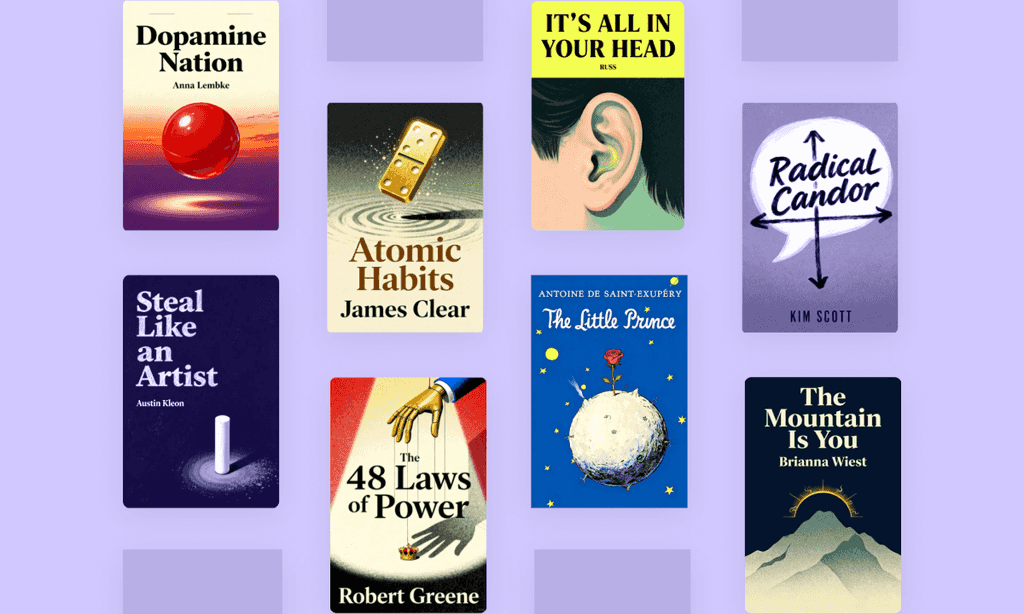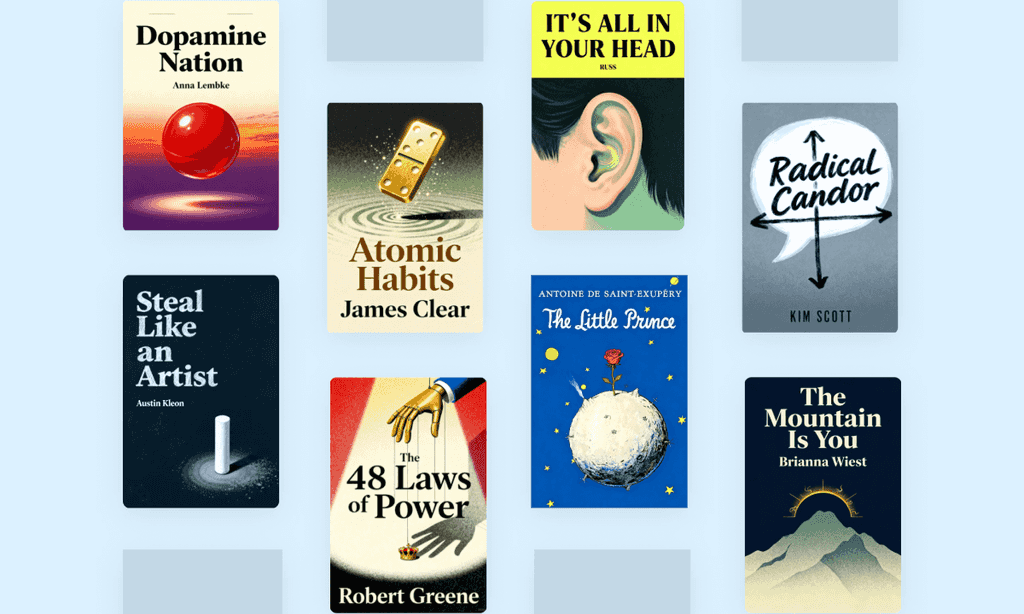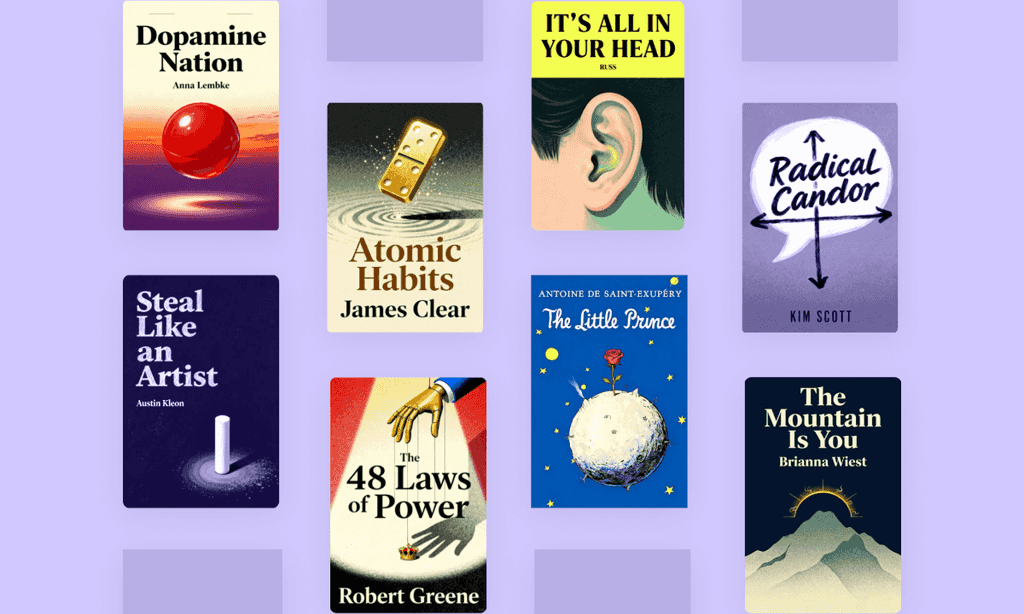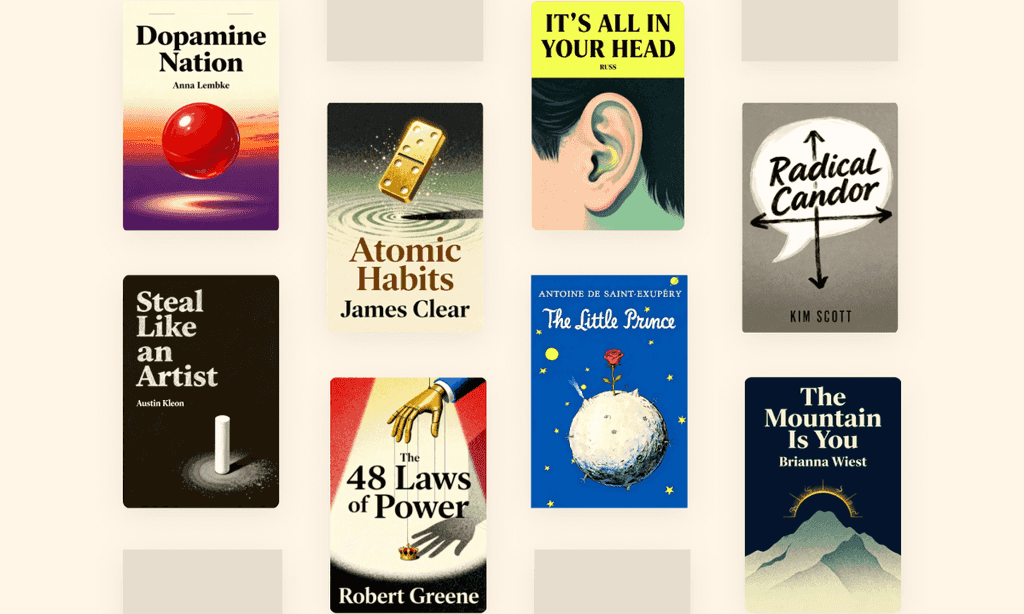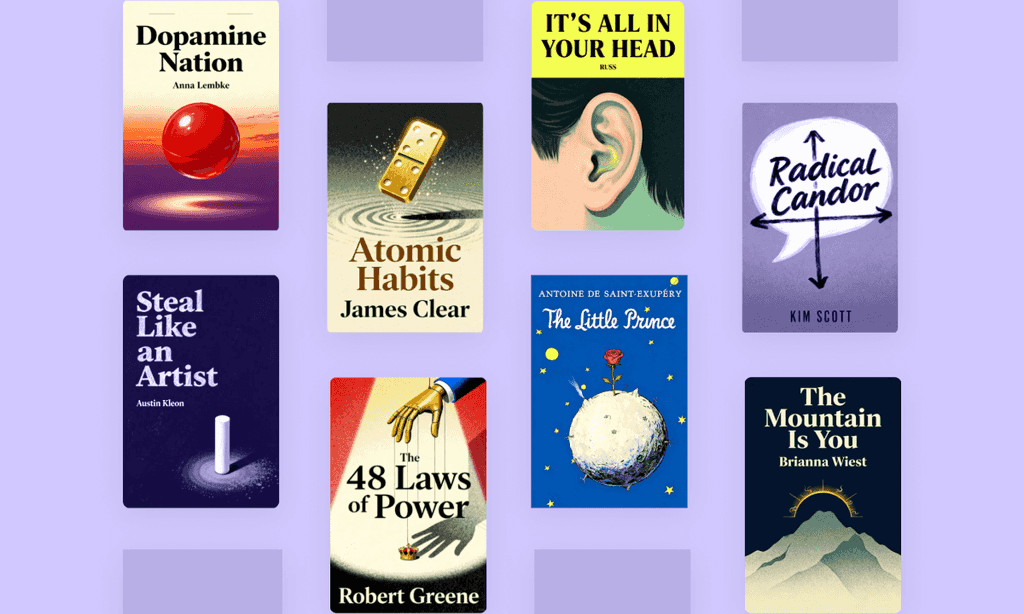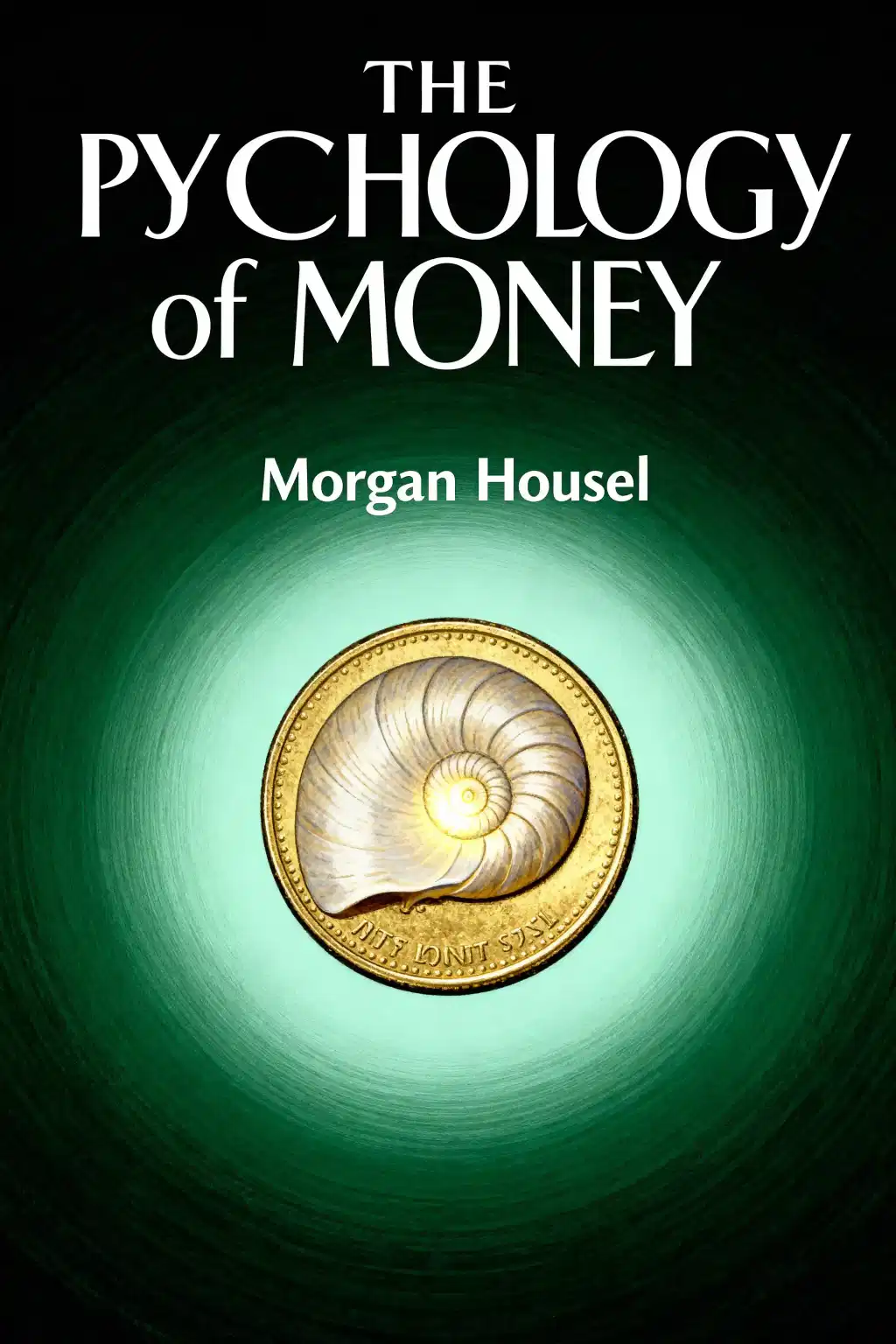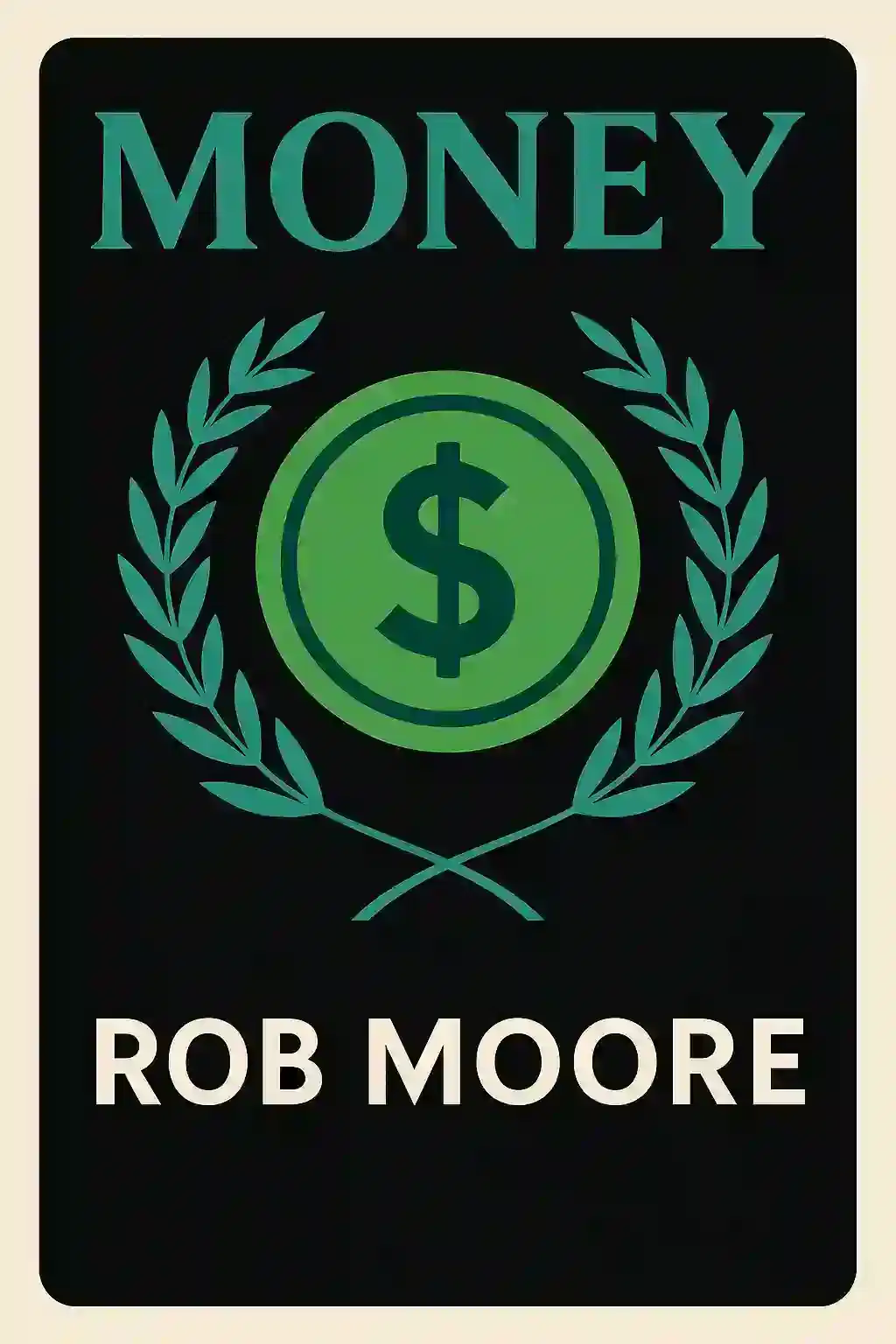
Money by Rob Moore Summary
Trapped in debt at 26, millionaire by 31: Rob Moore's "Money" demolishes financial myths with his wealth formula: Wealth = (Value + Fair Exchange) x Leverage. Praised for practicality where "Rich Dad, Poor Dad" falls short - this UK bestseller transforms financial mindsets forever.
About the author
Rob Moore, bestselling author of Money: Know More, Make More, Give More, is a leading authority on financial education and wealth creation. A self-made multimillionaire by age 30, Moore transformed his life from £50k in debt to building an 8-figure property portfolio and co-founding Progressive Property, one of the UK’s largest training companies. His expertise in entrepreneurship and money management stems from decades of practical experience, documented through 19 bestselling books translated into over 15 languages.
As host of the globally popular Disruptive Entrepreneur and Money Podcasts (192 countries), Moore blends contrarian thinking with actionable strategies for financial freedom. His work emphasizes overcoming debt, leveraging assets, and creating multiple income streams, reflecting his own journey detailed in Money. Through the Rob Moore Foundation, he channels book profits to advance financial literacy for underserved communities.
Moore’s credentials include two World Records for marathon public speaking and recognition as Business of the Year 2016. With 9,000+ book reviews and a property empire spanning 340 units, his systems have empowered millions to rethink wealth-building paradigms.
FAQs About This Book
Money: Know More, Make More, Give More by Rob Moore is a guide to achieving financial independence through mindset shifts, strategic investing, and leveraging passive income. It debunks common money myths, explains wealth-building frameworks like the VVKIK model, and emphasizes ethical wealth creation. The book combines practical advice with real-world examples to help readers transform their relationship with money.
This book is ideal for entrepreneurs, aspiring investors, and anyone seeking financial literacy. It’s particularly valuable for those wanting to escape the "work-for-money" cycle, build passive income streams, or rethink limiting beliefs about wealth. Rob Moore’s strategies cater to readers at all financial stages, from beginners to seasoned earners.
Yes, for its actionable steps on wealth generation, mindset reframing, and systemic approaches to money management. Moore’s blend of personal experience (like building a £200M property portfolio) and frameworks like the "wealth formula" offers fresh perspectives beyond generic financial advice.
Rob Moore is a British entrepreneur, property investor, and host of The Disruptive Entrepreneur podcast. A self-made millionaire by 30, he founded Progressive Property and authored 19 books on finance and productivity. His work focuses on democratizing financial literacy and empowering entrepreneurial success.
Moore challenges myths like "money is evil," "hard work guarantees wealth," and "saving alone ensures security." He argues these beliefs limit financial potential, advocating instead for value creation, leverage, and systems-driven income.
Moore’s wealth formula is Wealth = (Value + Fair Exchange) x Leverage. This emphasizes creating value for others, ethical transactions, and scaling through assets, automation, or networks—not just saving or budgeting.
The VVKIK framework includes Vision, Values, Key Result Areas (KRAs), Income-Generating Tasks (IGTs), and Key Performance Indicators (KPIs). It helps users align daily actions with long-term financial goals, ensuring productivity aligns with profitability.
Moore prioritizes diversification, long-term compounding, and passive income—particularly through real estate, dividend stocks, and scalable businesses. He warns against high-risk ventures and emphasizes education before investment.
The book advocates building systems like rental properties, digital products, or automated businesses to generate income with minimal ongoing effort. Moore stresses that passive income requires upfront work to create "money machines" that outsource labor over time.
Moore advises value-based pricing over cost-based models, urging readers to charge based on perceived worth, not hours worked. He suggests tiered pricing, upselling, and leveraging psychological triggers (e.g., scarcity) to maximize revenue.
Yes, Moore counters critiques by emphasizing ethical wealth creation, adaptability to economic shifts, and avoiding "get-rich-quick" promises. He advocates for sustainable systems, not short-term hacks, and balances profit with philanthropy.
Unlike frugality-focused guides, Moore’s book stresses mindset shifts, entrepreneurial leverage, and scalable systems. It integrates psychology (e.g., emotional barriers to wealth) with tactical steps, bridging the gap between Rich Dad Poor Dad and modern side-hustle guides.
Quick Summary Mode - Read or listen to Money Summary in 8 Minutes
Break down key ideas from Money into bite-sized takeaways to understand how innovative teams create, collaborate, and grow.
Flash Card Mode - Top 8 Insights from Money in a Nutshell
Distill Money into rapid-fire memory cues that highlight Pixar’s principles of candor, teamwork, and creative resilience.

Fun Mode - Money Lessons Told Through 19-Min Stories
Experience Money through vivid storytelling that turns Pixar’s innovation lessons into moments you’ll remember and apply.
Personalize Mode - Read or listen to Money Summary in 0 Minutes
Ask anything, pick the voice, and co-create insights that truly resonate with you.

From Columbia University alumni built in San Francisco
See More Stories?

Get the Money summary as a free PDF or EPUB. Print it or read offline anytime.






